I have created a new series of Chestnut-backed Chickadee Watercolors. I call them THE PRIMITIVES. I offer these designs in the form of greeting cards and silk prints which can be viewed on my Etsy Site. I am committed to sharing my love of the little birds, whom I call the BIMBY: Birds...In...My...BACK...YARD.
The chestnut-backed chickadee is the smallest chickadee in North America. It is a small passerine bird in the tit family, Paridae. We see them here in Santa Cruz County year round, a common addition to gardens that have trees and WATER; fountains particularly are a huge attraction. We often have a small flock of 8 or 10 bathing with other members of the tit family: bushtits and Oak Titmice. They also are very fond of black sunflower seed as well as suet. Providing feeders with seed and suet will encourage them to come to your yard.
INTERESTING FACT: As I was looking up more information about these sweet little birds, I find it notable that a passerine is any bird of the order Passeriformes, which includes more than half of all bird species. A notable feature of passerines is the arrangement of their toes (three pointing forward and one back) which facilitates perching. Sometimes known as perching birds or, less accurately, as songbirds, the passerines form one of the most diverse terrestrial vertebrate orders, with over 5,000 identified species.[1] It has roughly twice as many species as the largest of the mammal orders, the Rodentia.
INTERESTING FACT: As I was looking up more information about these sweet little birds, I find it notable that a passerine is any bird of the order Passeriformes, which includes more than half of all bird species. A notable feature of passerines is the arrangement of their toes (three pointing forward and one back) which facilitates perching. Sometimes known as perching birds or, less accurately, as songbirds, the passerines form one of the most diverse terrestrial vertebrate orders, with over 5,000 identified species.[1] It has roughly twice as many species as the largest of the mammal orders, the Rodentia.

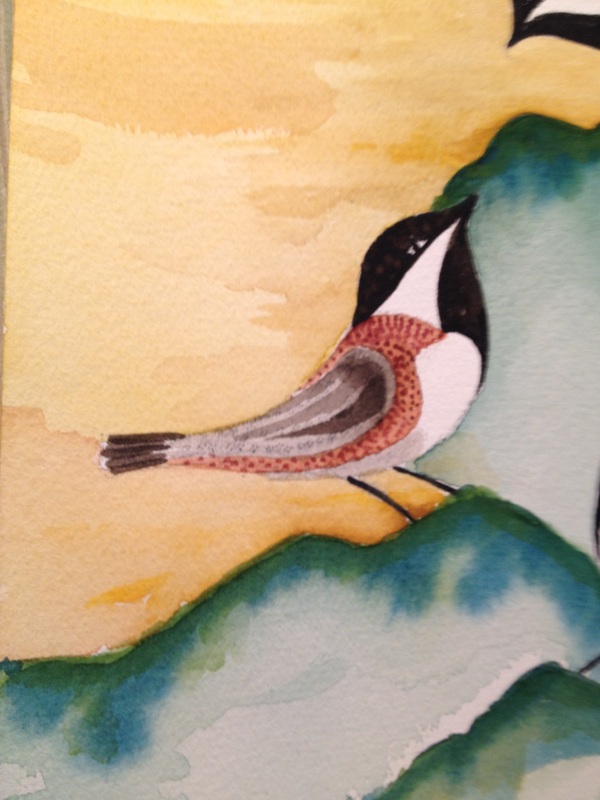
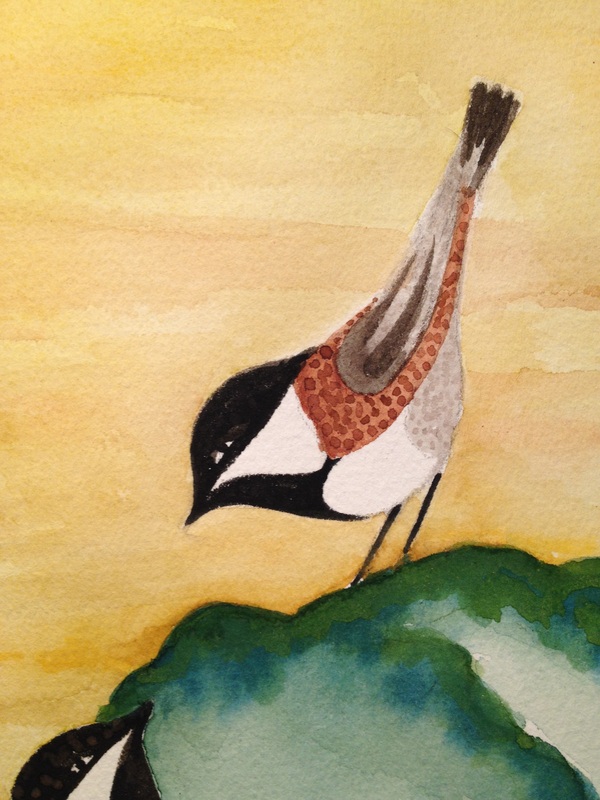
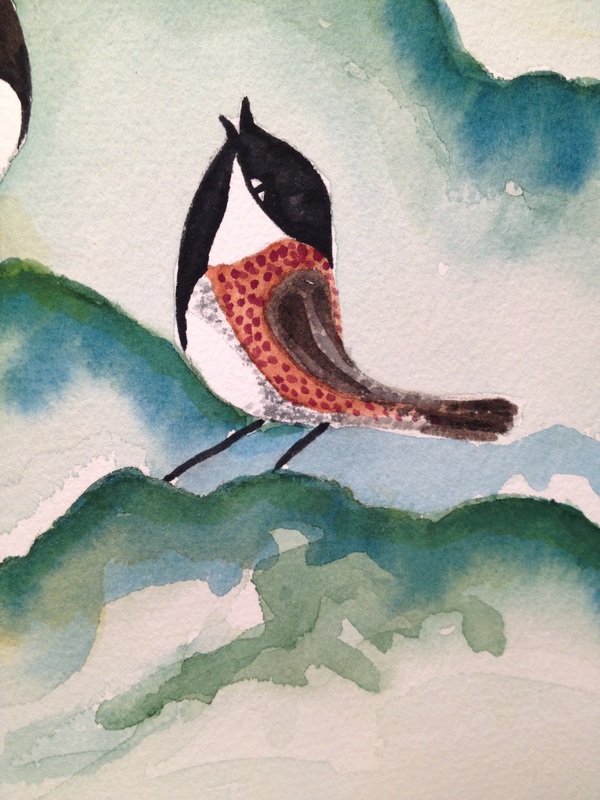
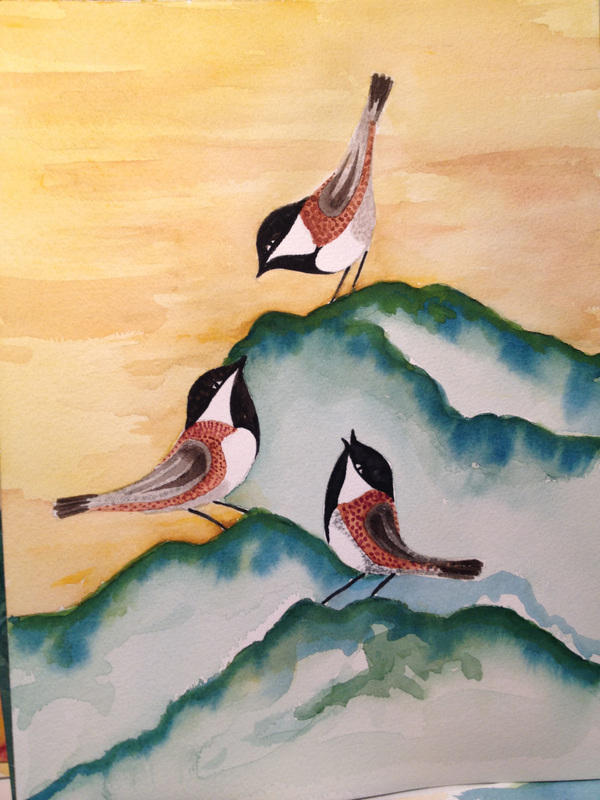
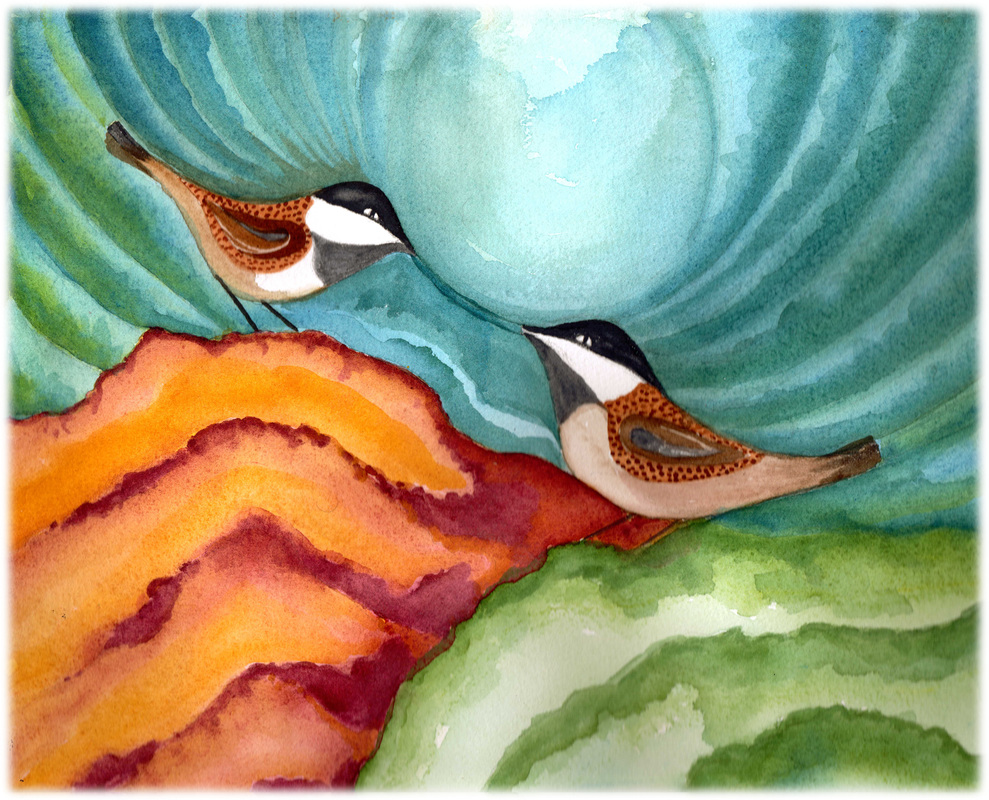
 RSS Feed
RSS Feed
